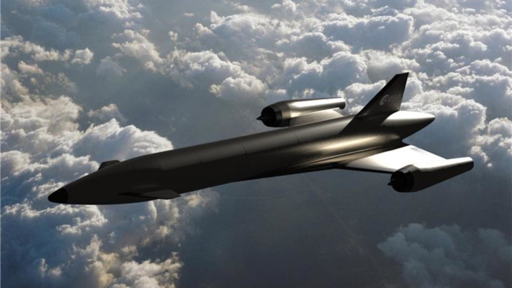Not gonna lie, that name and the resemblance to the SR-71 got me excited about this idea. I know the video clip wasn’t real or they have had test flights yet, but you have to start somewhere and this is a good way to persuade the public and other countries for funding.
ESA wants to develop hydrogen hypersonic aircraft with Mach 5
Fixing the clickbait headline (not OP’s fault, she faithfully copied the dumbass editor’s work). There’s a long way to go from “we want this” to actually making it happen.
The plan is for the hydrogen-powered aircraft to take off like an airplane and then reach an orbit around the earth like a rocket.
Just for reference, the escape speed is 11.186 km/s or approximately mach 33.
The hypersonic aircraft equipped with such a propulsion system could make ESA’s vision of developing a horizontal take-off spacecraft a reality.
Interesting, but I see this as only as a step in that direction, not the final product that actually stays in orbit. If it can reach whatever altitude you call space, it certainly won’t stay there on its own. With speed like that, it’s just going to drop like a plane.
It will need to switch the engines from using air from the atmosphere to using liquid oxygen carried onboard. This is what the SABRE engine mentioned in the article was supposed to do before they lost funding. Reaction systems was working on the SABRE engine to power a spaceplane called the Skylon which was very similar to this.
The escape velocity is the velocity necessary to escape the gravitational field of the earth and reach a heliocentric orbit or another planet, e.g. Mars.
For any object remaining in an orbit around earth, the required velocity is significantly smaller, e.g. the orbial velocity of ISS (~ 400 km orbit) is about 7.9 km/s.
Oh ok. Tanks for the clarification.
Anyway, that’s still about mach 23, so a lot more than the planned speed.
Indeed. The original ESA announcement doesn’t mention the aim to reach earth orbit with the INVICTUS at all, just the aim to test materials and technology for future space ships, so it will basically become an European X-15.
“By mastering reusable, air-breathing propulsion, we are laying the foundation for aircraft that take off like planes and reach orbit like rockets – revolutionising both terrestrial and orbital transportation. This is where dual-use innovation meets strategic autonomy.”
That’s probably the quote Heise misunderstood.
The biggest chalenge for these air-breathing engines is the thermal management at hypersonic speeds - above Mach 3 the air compression heats everything to insane temperatures that will melt conventional materials.
Thank you for the insight.




